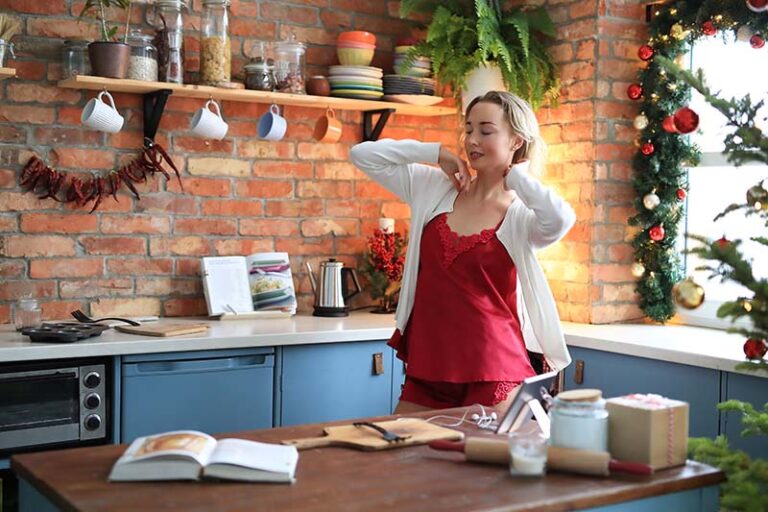When the first snowflakes fall and the world transforms into a winter wonderland, many homeowners pack away their gardening tools and await the arrival of spring. However, a winter garden can be a breathtaking oasis of serenity and natural beauty even in the coldest months. By carefully selecting plants, incorporating stunning winter hardscapes, and following some essential maintenance practices, you can create your very own snowy haven right in your backyard.
Chapter 1: The Winter Garden Palette
1.1 Choosing the Right Plants
Creating a vibrant winter garden starts with selecting the right plants. Evergreens are the backbone of winter gardens, providing year-round color and structure. Consider varieties like the classic Eastern Hemlock with its graceful branches or the aromatic Eastern Red Cedar. For a burst of color against the snow, incorporate winter berries. Plants like holly and winterberry produce vibrant red berries that stand out against the white landscape. Ornamental grasses offer graceful plumes and architectural shapes that add movement and texture, creating a dynamic winter garden.
1.2 Trees for Winter Interest
Winter gardens are not limited to shrubs and perennials; trees can play a significant role in providing visual interest. Birch trees, with their elegant white bark, make a stunning focal point against a snowy backdrop. Japanese maples, particularly coral bark varieties, offer brilliant color contrast, adding visual warmth to your winter garden. Conifers, beyond evergreen trees, provide unique options. The weeping Norway spruce, for example, presents an unusual and captivating form that can become a centerpiece.
1.3 Perennials and Bulbs
While winter gardens might seem devoid of flowers, some perennials and bulbs defy the cold with their blooms. Hellebores, known as Christmas or Lenten roses, are hardy perennials that often bloom in late winter, showcasing exquisite flowers in various shades. Snowdrops and crocuses are early bloomers, pushing through the snow and announcing the arrival of spring. Winter aconites, with their cheerful yellow flowers, add a burst of color to the winter garden.
Chapter 2: Designing a Winter Wonderland
2.1 Adding Hardscapes
To create a mesmerizing winter garden, incorporate hardscapes that enhance the overall design. Garden paths covered in fresh snow can evoke a sense of tranquility, inviting you to explore the winter landscape. Water features, such as frozen ponds or fountains, create captivating focal points, with the ice adding a unique layer of beauty. Fire pits, strategically placed, allow you to enjoy the crisp winter air while staying warm, making your garden an inviting space even on the coldest nights.
2.2 Illuminating the Night
The magic of a winter garden isn’t confined to daylight hours. Proper lighting can make your garden enchanting at night. Landscape lighting can highlight the shapes and textures of trees and shrubs, casting intriguing shadows on the snow. Candlelight, whether in lanterns or through strategically placed candles, creates a cozy and romantic atmosphere, perfect for evening strolls or gatherings. Solar lights are an energy-efficient option that can line pathways and borders, adding both beauty and safety to your winter garden.
Chapter 3: Winter Garden Care
3.1 Pruning and Maintenance
Maintaining a winter garden involves some essential practices to keep it looking its best. Pruning deciduous trees during the dormant season helps remove dead or diseased branches while preserving the tree’s structure. Deadheading perennials and cutting back faded flowers and seed heads keeps your garden looking neat. Protecting evergreens from heavy snow by gently shaking it off and wrapping with burlap if necessary helps prevent breakage.
3.2 Winter Wildlife
Winter gardens can also provide a habitat for wildlife. Consider placing bird feeders to provide nourishment for feathered friends during the cold months. Create shelters and nesting spots for small mammals, birds, and insects. If you have a pond, install a floating heater to keep a small section of it ice-free, ensuring aquatic life’s survival during the winter months.
3.3 Winter Composting
Don’t forget about soil health during the winter. Continue composting kitchen scraps to enrich your garden soil for spring. Fallen leaves and other organic matter can be used as mulch to insulate plants from extreme cold.
Chapter 4: The Joy of Winter Gardening
4.1 A Place for Solitude
Your winter garden can become a place of solitude and reflection. Embrace the peacefulness of the season and use your garden as a sanctuary for meditation or contemplation. The stillness of the winter garden offers a unique opportunity to connect with nature and find inner peace.
4.2 Social Gatherings
While winter gardens are often associated with solitude, they can also be a fantastic backdrop for social gatherings. Hosting winter garden parties around a fire pit or outdoor heater can bring friends and family together to celebrate the beauty of the season. Imagine sipping hot cocoa under a starlit sky while surrounded by the enchanting ambiance of your winter garden.
4.3 Winter Photography
Capture the unique beauty of your winter garden through photography. Experiment with frosty macro shots, capturing the delicate intricacies of ice crystals. Explore the garden’s landscape, taking wide-angle shots that showcase the contrast between the snow-covered ground and the evergreen foliage.
Conclusion
Creating a winter garden is not just about enduring the colder months; it’s about embracing them and finding beauty in the stillness and simplicity of the season. By carefully planning your garden’s layout, selecting the right plants, and practicing thoughtful maintenance, you can transform your backyard into a snowy oasis that provides year-round joy and wonder. So, don your warmest coat and step outside to experience the breathtaking beauty of your very own winter wonderland.



